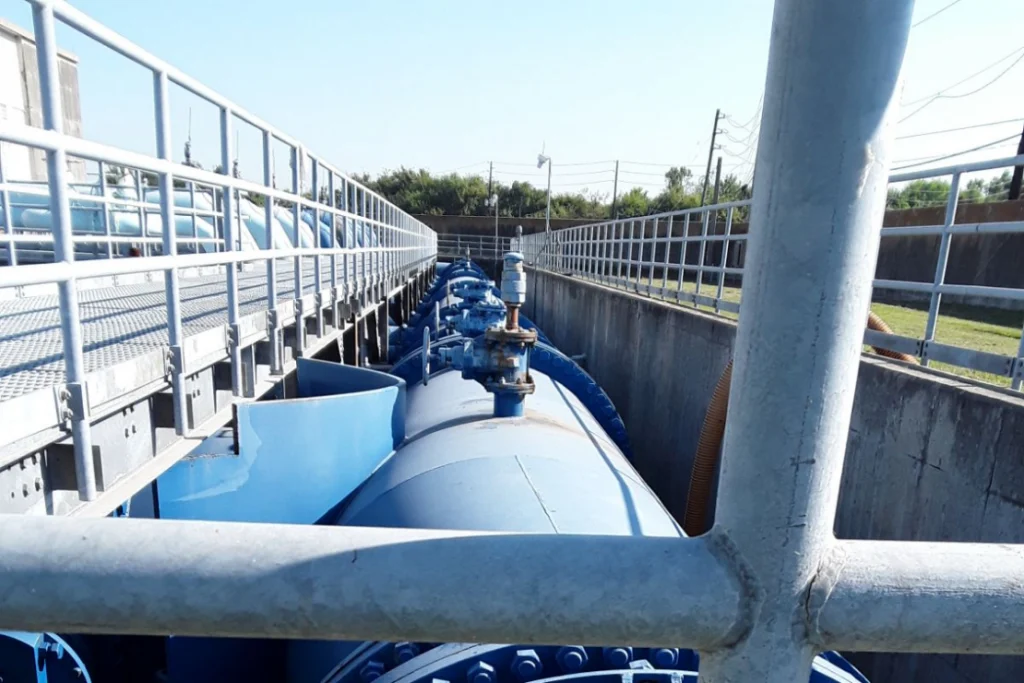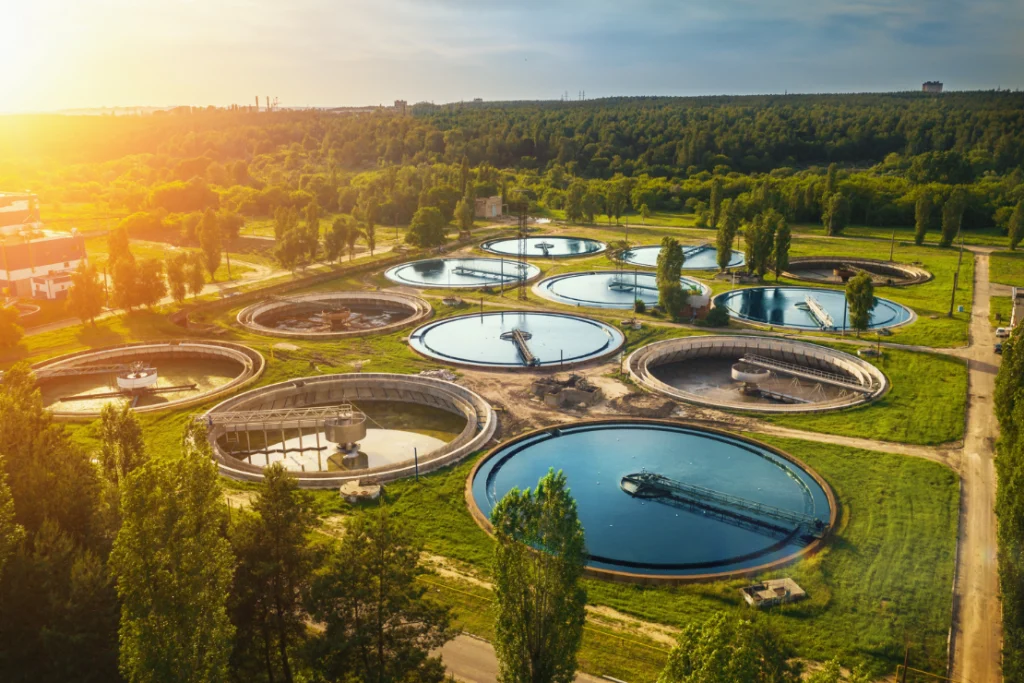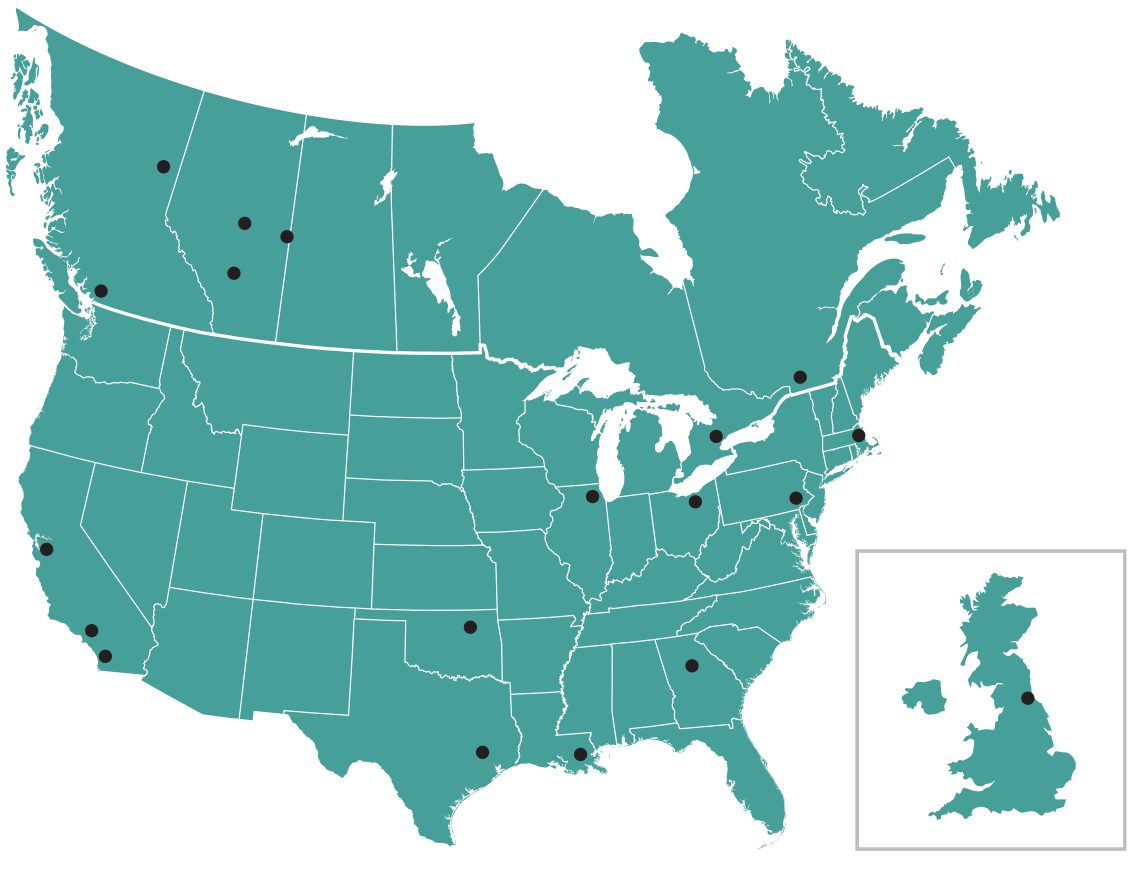Municipalities
Over one million miles of drinking water pipelines serve 90 percent of the U.S. population. Water main breaks throughout North America are on the rise and the American Society of Civil Engineers currently gives this aging system a D grade on its annual Infrastructure Report Card. An estimated 240,000 water main breaks per year, combined with parts of North America experiencing drought conditions, mean that municipalities must mitigate water loss. This is forcing municipalities and other government agencies to spend millions to temporarily repair their infrastructure.
Many older pipelines are not cathodically protected, are electrically discontinuous, have not been maintained, and lack historical records. Municipalities want to know how to reduce the number of failures each year in a cost-effective manner. The challenge exists in projecting the amount of failures per year and having to justify the cost to maintain the system to taxpayers. Currently, the national average for replacement and rehabilitation programs is 125 years while most pipelines have a lifespan of 75 to 100 years. This keeps municipalities in a constant cycle of repair, rehabilitation and replacement.
CATHODIC PROTECTION FOR MUNICIPAL WATER LINES
Proactive Approach
By taking a proactive approach, clients can reduce water main failures, identify active corrosion on pipelines, and prioritize pipelines for replacement or rehabilitation, extending the life of the pipelines. This approach not only saves money, but also protects the environment and keeps customers and regulatory agencies satisfied.
Data from previous projects has shown a reduction in water main breaks in locations where a cathodic protection system using sacrificial anodes is installed, proving it effective for a water main rehabilitation program. Statistics also show that small amounts of “hot spot” protection can reduce the amount of failures over time and improve the overall health of pipeline infrastructure, helping pipeline owners proactively manage and protect their assets.
Many municipalities already collect valuable corrosion data for their infrastructure. Corrpro can provide analytic assessment of this data to prioritize pipelines and make recommendations for replacement, rehabilitation, or a service life extension program.

What We Do
To address the issues in your water system, Corrpro will first determine a mean time to corrosion failure (MTCF) rate. With this information, we can extrapolate to predict a corrosion rate and remaining time until a failure could occur. This information helps us make recommendations for “hot spot” cathodic protection or to design a cathodic protection system for new and existing pipelines before a failure occurs. Our corrosion recommendations and cathodic protection designs are provided by registered professional engineers with our NACE-certified cathodic protection and corrosion specialists providing turnkey installation and construction in the field. We may also provide recommendations on possible remediation action.
Remediation Services
- Pipeline repair
- Rehabilitation
- Replacement
- Other engineered asset-extending recommendations
Once a corrosion and remediation plan is in place, Corrpro can then develop an annual cathodic protection maintenance program for your infrastructure. We can also provide training programs for municipalities’ maintenance and operations staff, allowing them to work independently.
Training Programs
- Cathodic protection installation
- Maintenance and monitoring
- Data collection

